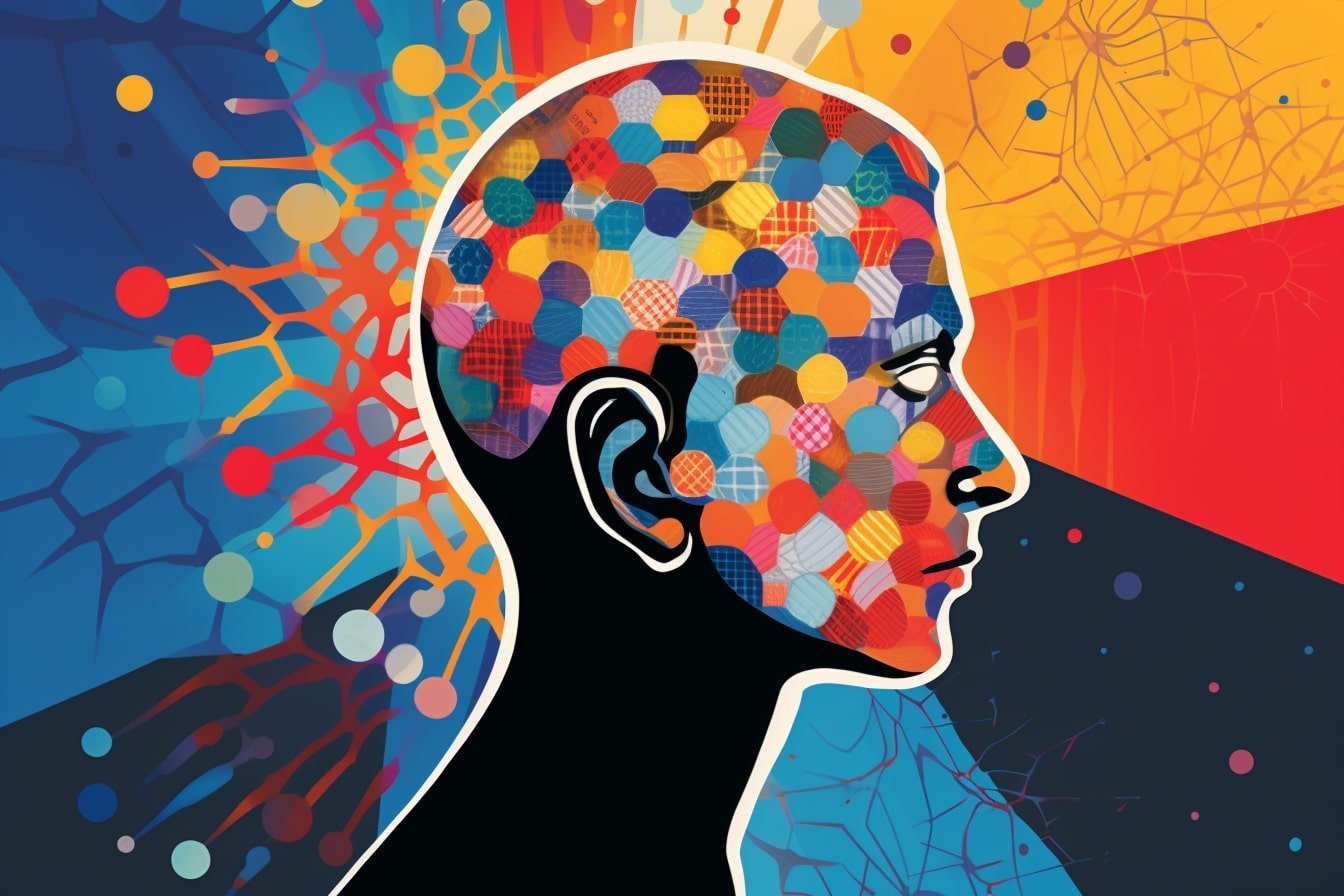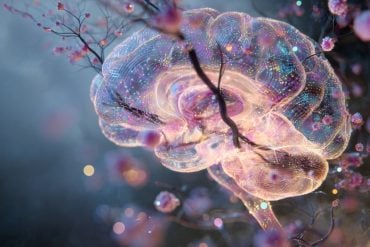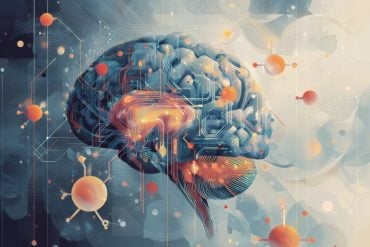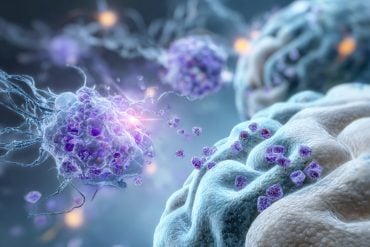Summary: A new study reveals how life’s adversities influence the brain’s patterns, potentially forecasting the onset of psychiatric disorders.
Drawing from data of approximately 170 individuals, the study discerned a strong connection between past adversities and present brain patterns. These patterns can be detected even 25 years after the traumatic events occurred.
Abnormal reactions to adversities are closely tied to anxiety symptoms, central to many psychiatric ailments.
Key Facts:
- The study tracked brain structures of individuals at ages 25 and 33, relating them to adversities experienced.
- Artificial intelligence was employed to discern stable connections between past adversities and brain patterns.
- An aberrant reaction of the brain to adversities is linked with anxiety symptoms, potentially heralding psychiatric disorders.
Source: Radboud University
Your brain is shaped by the things you experience. That sounds logical, but can you really measure that? And what can you do with it?
Neuroscientists at Radboud university medical center investigated the influence of adversities in life on patterns in the brain. They found remarkable associations that may have predictive value for the development of psychiatric disorders.
Special group
The researchers conducted their study on approximately 170 people. A special group, because all kinds of data have been collected from them during their lifetime. For this study, the scientists specifically focused on adversities: factors or events that are known to have a negative effect on development.
Consider, for example, the mother’s smoking during pregnancy, complications during childbirth, abuse, or a major accident.
In addition to this data, the researchers determined the brain structure of these people with scans. They did so at both 25 and 33 years of age. Artificial intelligence was then used to find connections between adversities and patterns in the brain.
‘They came out very clearly’, says researcher Nathalie Holz. ‘And these relationships are very stable. We found them at both ages. With our results, we can now predict how the brain reacts to adversities.’
Anxiety complaints
‘I find it very special that we can still trace the influence of events that sometimes took place 25 years ago in the brain’, says research leader André Marquand. ‘And perhaps more importantly, it may help us predict who is more likely to develop psychiatric disorders.’
Marquand explains how this works: ‘We have uncovered how the brain normally reacts to adversities. Therefore, we can also determine when that reaction is abnormal. And we found that such a deviating pattern was related to anxiety symptoms.’ These kinds of complaints play a central role in many psychiatric disorders.
The scientists expect that their findings can ultimately contribute to the earlier detection of psychiatric disorders. This allows healthcare providers to treat patients earlier and more effectively. But more research is needed before that becomes a reality. For example, the researchers are now applying their method to a group of patients with these disorders. This will show how great the predictive value is.
About this neuroscience research news
Author: Dennis Verschuren
Source: Radboud University
Contact: Dennis Verschuren – Radboud University
Image: The image is credited to Neuroscience News
Original Research: Open access.
“A stable and replicable neural signature of lifespan adversity in the adult brain” by André Marquand et al. Nature Neuroscience
Abstract
A stable and replicable neural signature of lifespan adversity in the adult brain
Environmental adversities constitute potent risk factors for psychiatric disorders. Evidence suggests the brain adapts to adversity, possibly in an adversity-type and region-specific manner.
However, the long-term effects of adversity on brain structure and the association of individual neurobiological heterogeneity with behavior have yet to be elucidated.
Here we estimated normative models of structural brain development based on a lifespan adversity profile in a longitudinal at-risk cohort aged 25 years (n = 169).
This revealed widespread morphometric changes in the brain, with partially adversity-specific features.
This pattern was replicated at the age of 33 years (n = 114) and in an independent sample at 22 years (n = 115). At the individual level, greater volume contractions relative to the model were predictive of future anxiety.
We show a stable neurobiological signature of adversity that persists into adulthood and emphasize the importance of considering individual-level rather than group-level predictions to explain emerging psychopathology.








